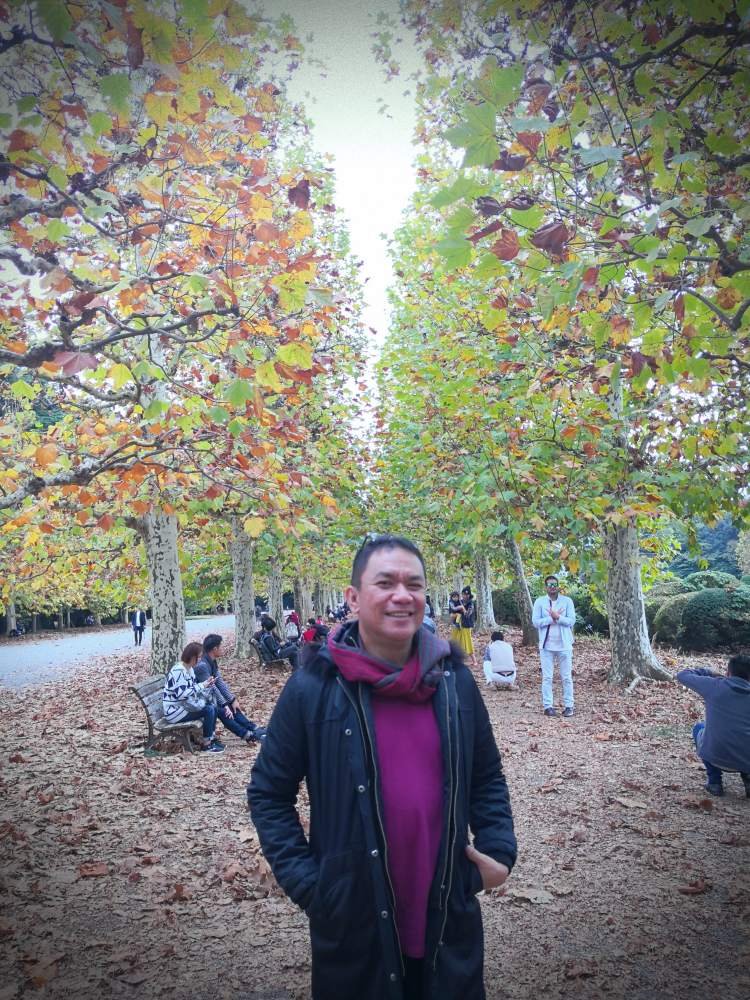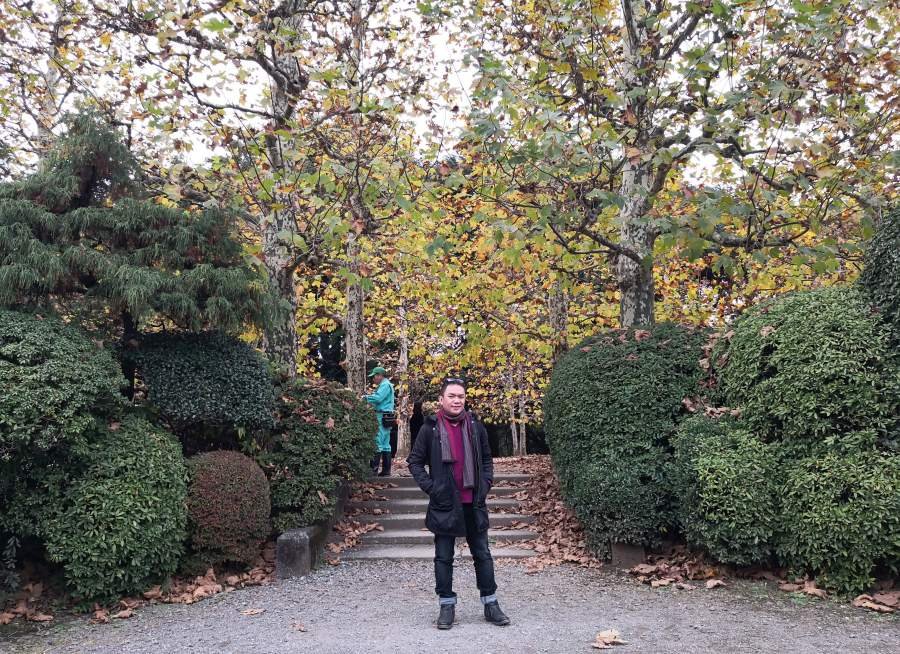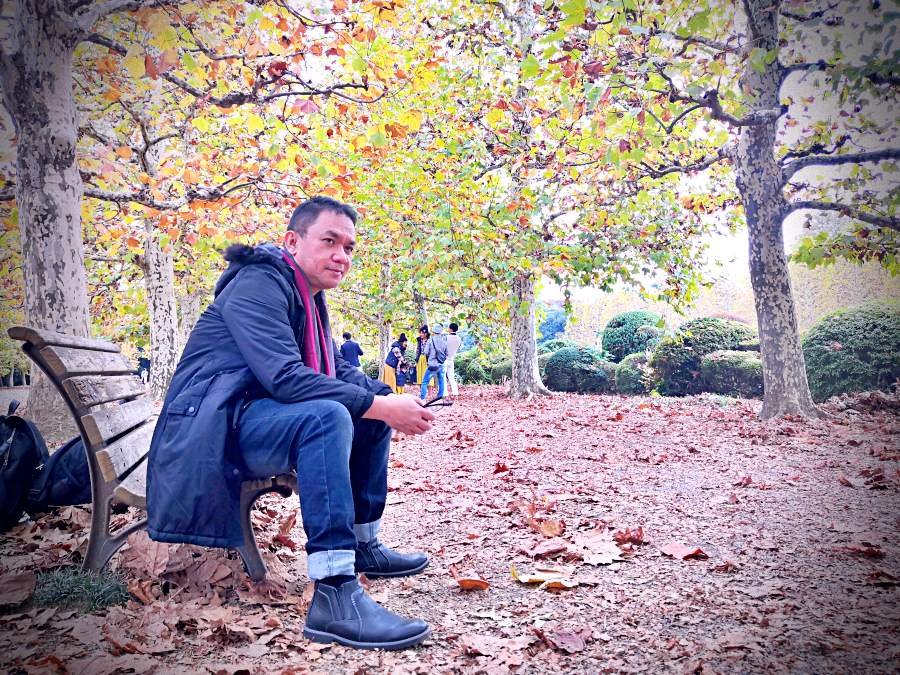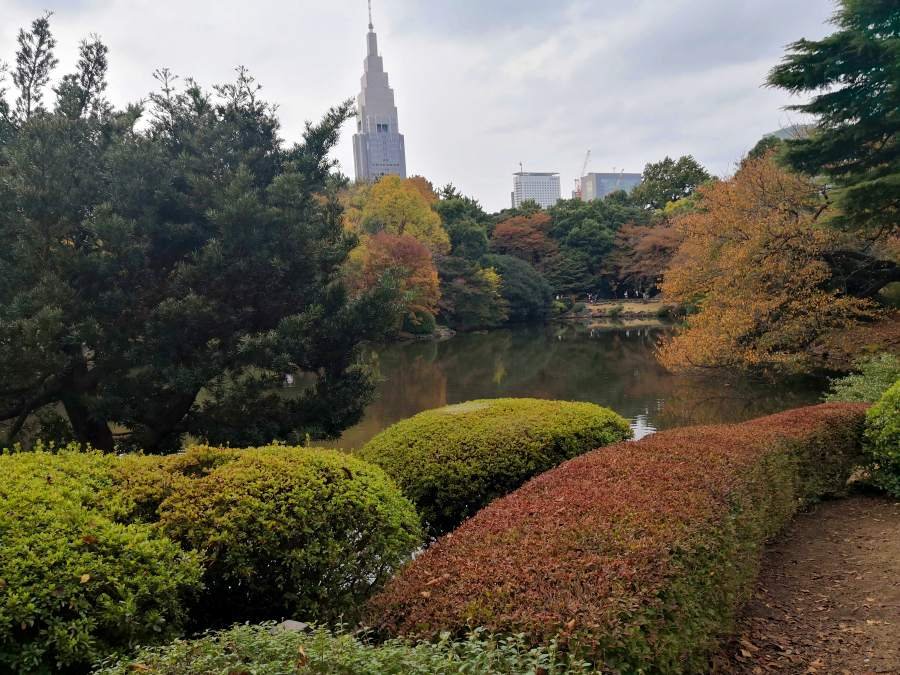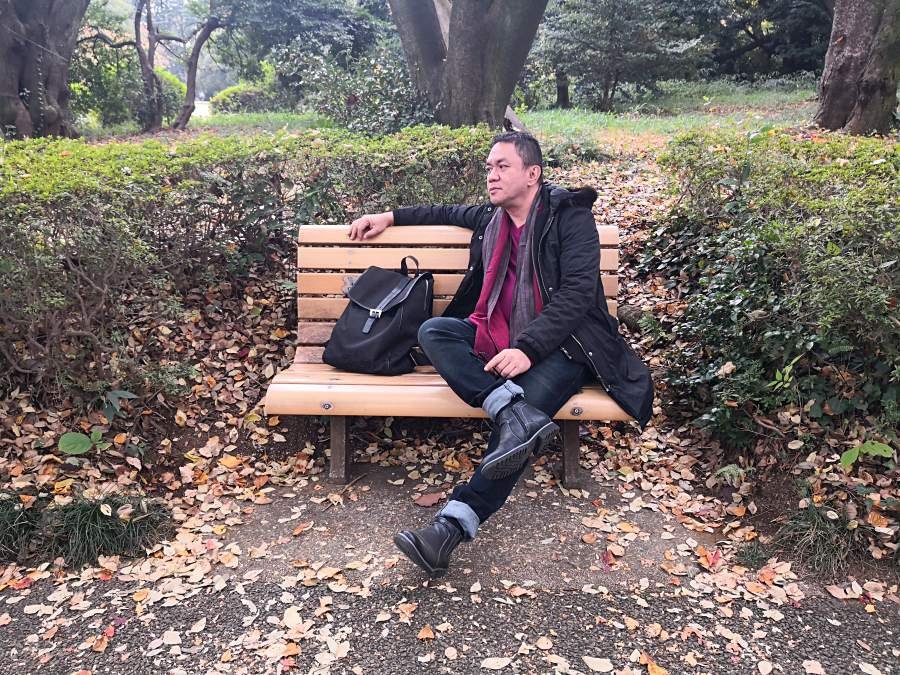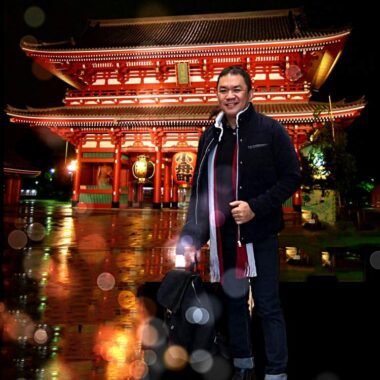History and Background of Shinjuku Gyoen National Garden
BOOK YOUR HOTEL IN JAPAN HERE TO GET THE BEST DEAL
As I wandered through the sprawling grounds of Shinjuku Gyoen National Garden, I found myself delving into its fascinating history. Originally serving as the private residence of Lord Naito during the Edo era, the garden underwent several transformations before becoming the magnificent oasis it is today. Following Lord Naito’s residence, the garden was reimagined as a botanical garden, showcasing a stunning array of plant life worldwide.
After World War II, Shinjuku Gyoen was again redefined as a national garden, symbolizing Japan’s resilience and commitment to preserving its cultural and natural heritage. Today, the garden stands as a testament to the harmonious blend of traditional Japanese, English, and French landscaping styles, each element carefully curated to create a serene and picturesque environment. As I strolled through the garden, I marveled at how each corner seemed to tell a story, reflecting the rich history and cultural diversity of Japan.
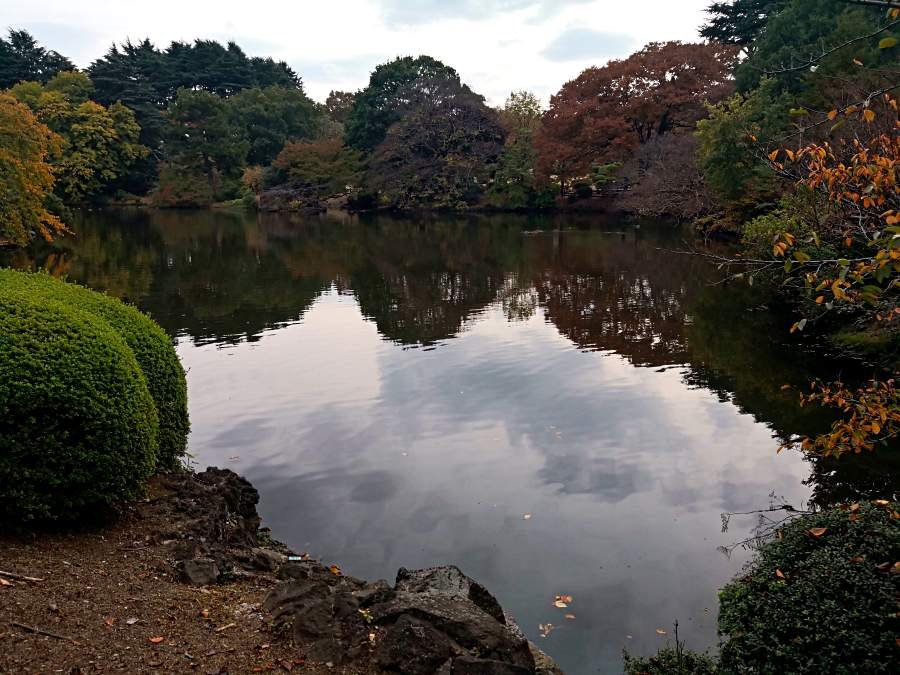
What to See at Shinjuku Gyoen National Garden
BOOK YOUR HOTEL IN JAPAN HERE TO GET THE BEST DEAL
As I wandered through the garden, I noticed that some cherry trees still had blooms, hinting at the vibrant display that was to come. While my visit fell just before the peak Sakura season, the garden’s beauty was undeniable. The cherry blossoms, although sparse, added a delicate touch of pink to the landscape, creating a picturesque scene that was both peaceful and enchanting.
Despite not being the ideal time for Sakura viewing, the garden’s allure was undeniable. The meticulously manicured gardens, with their vibrant flowers and lush greenery, created a serene ambiance perfect for a stroll or a moment of quiet reflection. As I explored further, I discovered tranquil ponds reflecting the beauty of the surrounding trees, and wide-open lawns inviting visitors to sit and soak in the peaceful atmosphere.
One of the highlights of my visit was the opportunity to experience a traditional Japanese tea ceremony at one of the garden’s tea houses. Nestled among the greenery, these tea houses offered a tranquil setting where visitors could immerse themselves in the rich cultural tradition of tea making. Sitting inside, sipping on a warm cup of tea, I felt a deep sense of peace and contentment, grateful for the opportunity to experience this ancient ritual in such a beautiful setting.
Why People Go to Shinjuku Gyoen National Garden
The place is a beloved destination for both locals and tourists, offering a serene escape from the hustle and bustle of Tokyo. As I wandered through its peaceful pathways, I discovered a harmonious blend of traditional Japanese landscapes and Western-style gardens, each offering its unique beauty. The garden’s expansive lawns provide the perfect spot for a stroll or a relaxing picnic, surrounded by the vibrant colors of seasonal flowers and the soothing sounds of nature.
Whether you’re seeking a tranquil retreat, a picturesque spot for photography, or simply a break from the city’s chaos, Shinjuku Gyoen has something to offer. Its diverse landscapes, including cherry tree groves, peaceful ponds, and meticulously manicured gardens, make it a place where visitors can relax, rejuvenate, and appreciate the beauty of nature in the heart of Tokyo.
Best Time to Visit the Shinjuku Gyoen National Garden
It offers a different experience with each season, making it a year-round destination for nature lovers. Spring is undoubtedly the most popular time to visit, as the garden becomes a sea of cherry blossoms. Over 1,500 cherry trees bloom in delicate shades of pink and white, creating a mesmerizing spectacle. The air is filled with the sweet fragrance of the blossoms, making it a truly enchanting experience.
Autumn, however, is equally stunning, with the leaves of the maple and ginkgo trees turning vibrant shades of red, orange, and yellow. The garden is transformed into a picturesque landscape, perfect for a leisurely walk or a relaxing picnic. Summer brings lush greenery to the garden, providing a cool escape from the heat of the city. Winter, on the other hand, has its quiet beauty, with bare branches creating a stark yet serene atmosphere. During my visit, it was fall, and I was captivated by the vibrant colors of the autumn foliage, creating a breathtaking backdrop for my exploration.
How to Get to Shinjuku Gyoen National Garden
To reach the place, take the Marunouchi subway line to Shinjuku Gyoenmae Station, or the JR Yamanote line to Shinjuku Station. From there, it’s just a short walk to the garden’s entrance.
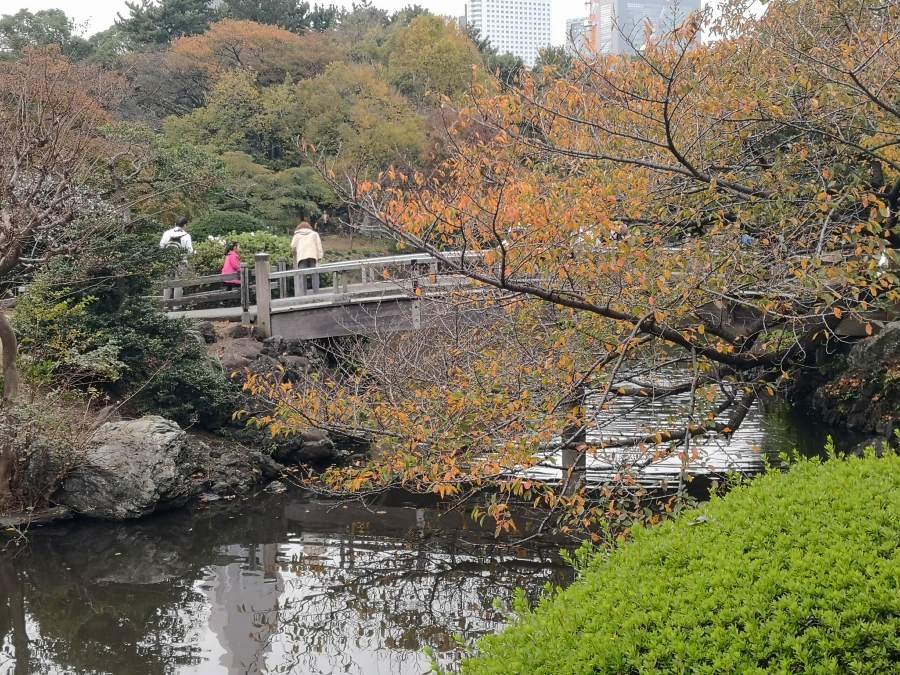
Tips for First-Time Travelers | Shinjuku Gyoen National Garden
For first-time visitors, it’s advisable to wear comfortable shoes as the place is quite expansive, with many winding paths to explore. Bringing along a camera is a must, as the garden offers countless picturesque spots that are perfect for capturing memories. Consider packing a picnic to enjoy on the wide-open lawns, surrounded by the beauty of nature.
It’s also important to note that there is an entrance fee to the garden, so be sure to carry some cash with you. Additionally, be mindful of the opening hours, as the garden closes relatively early in the evening. With these tips in mind, you’ll be well-prepared to make the most of your visit to this stunning garden oasis in the heart of Tokyo.

Conclusion
Shinjuku Gyoen National Garden is a true gem in the heart of Tokyo, offering a serene escape from the bustling city streets. With its stunning landscapes, seasonal beauty, and peaceful ambiance, it’s no wonder this garden is beloved by locals and visitors alike. Whether you’re a nature lover, a history buff, or simply seeking a tranquil retreat, the place is sure to enchant and inspire you. And for me, visiting this garden was a truly memorable experience, one that I will cherish for years to come.
